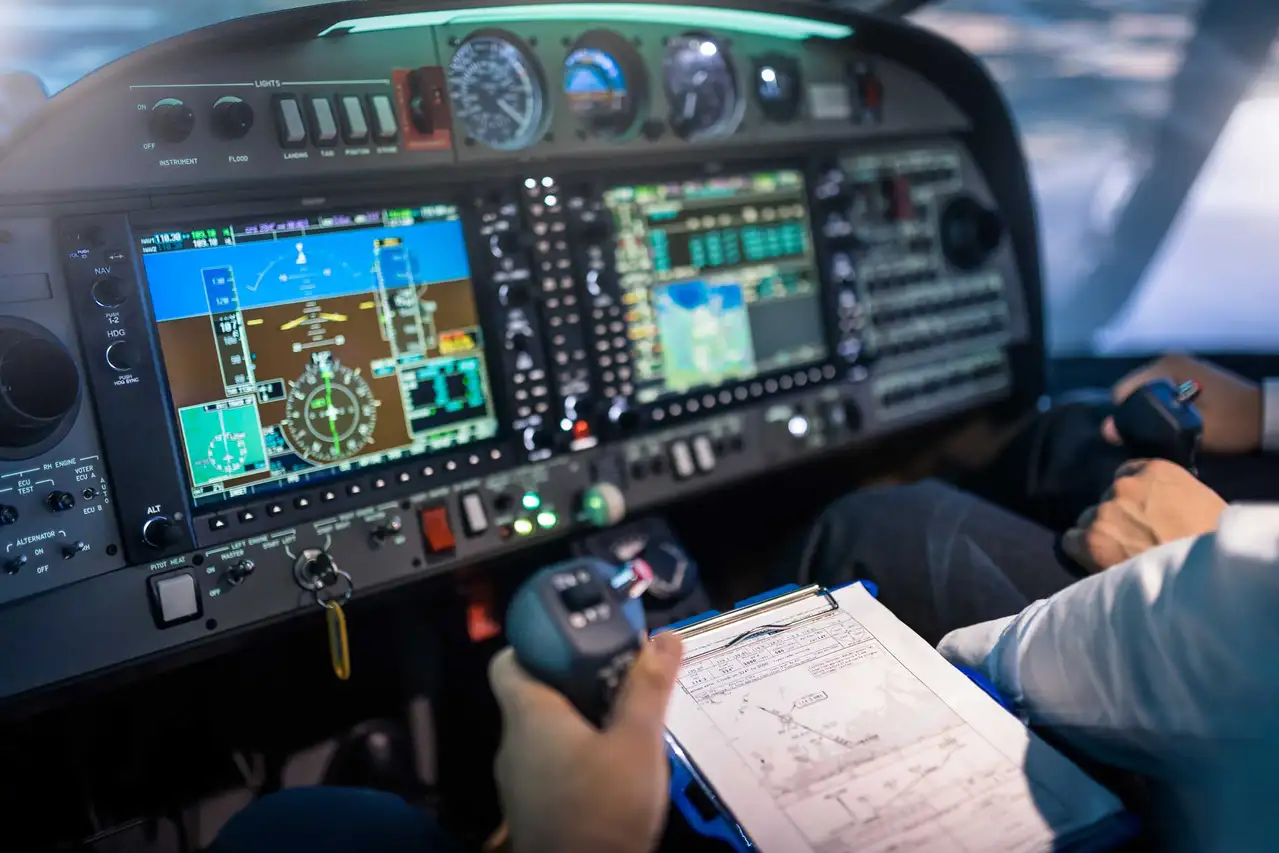Earning an instrument rating is a significant milestone for any pilot, expanding your flying capabilities beyond visual flight rules and into the realm of instrument meteorological conditions. The FAA Instrument Checkride is the final hurdle in this journey, testing both your theoretical knowledge and practical skills under Instrument Flight Rules (IFR). Understanding what to expect and how to prepare can make the difference between a stressful experience and a successful one.
Understanding the Checkride Structure
The FAA Instrument Checkride is divided into two main components: the oral examination and the practical flight test. Both are designed to assess your proficiency and ensure you can operate safely in the national airspace system under IFR. The oral examination typically lasts between one to two hours. During this time, the examiner will evaluate your understanding of IFR regulations, weather interpretation, flight planning, and aircraft systems. You can expect scenario-based questions that test your decision-making skills, such as how to handle unexpected weather changes or equipment failures. Familiarity with IFR charts, approach plates, and the ability to interpret METARs and TAFs is crucial. The practical flight test involves approximately 1.5 to 2 hours of actual flying. Here, you'll demonstrate your ability to perform instrument maneuvers and procedures. This includes tasks like precise altitude and heading control, navigation using VORs and GPS, holding patterns, and executing various types of approaches, such as ILS and RNAV. The examiner may introduce simulated emergencies, like instrument failures, to assess your problem-solving abilities and adherence to safety protocols.

Understanding the Checkride Structure
Effective Preparation Strategies
Success in the instrument checkride hinges on thorough preparation. Start by studying the FAA Airman Certification Standards (ACS) for the instrument rating, which outlines all the areas you'll be tested on. Use the ACS as a roadmap to guide your studies and flight training. Deepen your knowledge of IFR regulations by revisiting the Federal Aviation Regulations, focusing on parts that pertain to instrument flight. Enhance your understanding of weather phenomena and how they affect flight by studying weather patterns, fronts, and systems. Practice interpreting weather reports and forecasts until you're comfortable making informed decisions based on them. Mastering navigation and approach procedures is essential. Spend time studying IFR enroute charts, approach plates, and standard instrument departures and arrivals. Practice creating comprehensive flight plans that account for variables like wind, airspeed, and fuel consumption. In your flight training, accumulate the necessary instrument flight time, both in actual conditions and using a view-limiting device. Utilize flight simulators to practice approaches, holds, and emergency procedures in a controlled environment. Conduct mock checkrides with your instructor to simulate the pressure of the actual test and to identify areas where you may need additional practice.

Effective Preparation Strategies
Tips for a Successful Checkride
On the day of the checkride, ensure you arrive well-rested and with all necessary documentation, including your logbook endorsements and identification. During the oral exam, listen carefully to each question and take your time to provide thoughtful, thorough answers. It's acceptable to refer to charts or the FAR/AIM during the discussion, demonstrating your ability to use available resources effectively. In the flight test, adhere strictly to checklists and standard operating procedures. Maintain a disciplined instrument scan to keep track of all flight parameters. Communicate clearly and professionally with air traffic control and your examiner. If faced with simulated equipment failures or other unexpected situations, stay calm and apply the correct procedures to resolve them safely. After the flight, the examiner will provide a debriefing. Pay close attention to their feedback, as it offers valuable insights into your strengths and areas for improvement. If you've met all the standards, you'll earn your instrument rating, opening up new possibilities in your aviation journey. If not, use the experience as a learning opportunity to refine your skills further.
Passed!
The FAA Instrument Checkride is a comprehensive evaluation that ensures only proficient and knowledgeable pilots earn the instrument rating. By understanding the structure of the checkride, preparing diligently, and approaching the exam with confidence and professionalism, you can navigate this challenge successfully. Achieving your instrument rating not only enhances your piloting skills but also contributes to greater safety and versatility in your flying endeavors. Final Thought: Embrace the journey of continuous learning that aviation demands. The skills and knowledge you gain while preparing for your instrument checkride will serve you throughout your flying career, making you a safer and more competent pilot. Clear skies and safe flying!

Tips for a Successful Checkride
